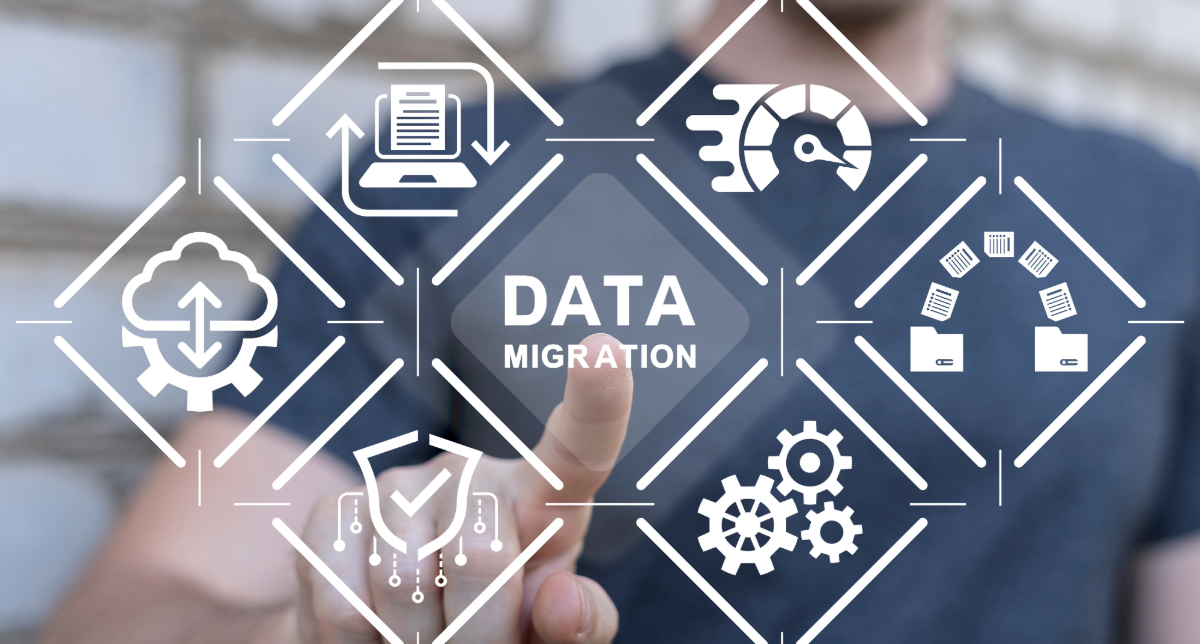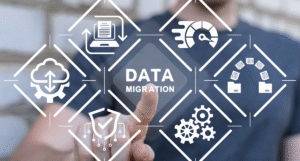Technology is evolving quickly. Systems that once enabled growth can become bottlenecks if not upgraded or replaced. When organisations move from legacy platforms to modern solutions, it’s not just the technology that changes, it’s the way static records, transactional histories, and reporting outputs are carried forward. At it|venture, we’ve guided clients through migrations where the quality, integrity, and accessibility of data determine the overall success. Done right, a structured approach to data transfer doesn’t just reduce risk, it enhances efficiency, strengthens trust in reporting, and lays the foundation for long-term scalability.
Here’s how we advise organisations to move seamlessly from one system to another while ensuring a smooth and responsible sunset of the legacy system.
1. Handling static data
Static data forms the backbone of your new system. This includes reference data, master records, hierarchies, and configuration details that rarely change.
Our best practices:
Clean before you move: Resolve duplicates, inconsistencies, and outdated records before migration.
Map precisely: Ensure static data fields in the legacy system align correctly with the new system’s structures.
Define governance rules: Establish ownership and maintenance policies to prevent degradation post-migration.
Drawing on our extensive experience with the various systems’ architecture, we ensure legacy static data is mapped, structured, and governed in full alignment with its design principles.
2. Migrating transactional data
Transactional data is the day-to-day activities of your organisation, spanning deals, trades, payments, settlements, or interactions. Its complexity demands a careful, staged approach.
Our best practices:
Prioritise recency and relevance: Determine which historical transactions are business-critical and which can remain archived.
Run parallel testing: Operate legacy and new systems in tandem for a defined period to validate data accuracy and reconciliation.
Automate validation: Use automated scripts to check integrity and completeness at scale.
3. Transitioning reports
Reports are often the most visible output to stakeholders, and they can make or break user confidence in the new system.
Our best practices:
Engage stakeholders early: Identify critical reports and dashboards that must be replicated or redesigned in the new system.
Redesign for value: Don’t just copy old reports; use the opportunity to streamline KPIs and align reporting to current business goals.
Communicate the change: Train users on new layouts, filters, or visualisations to minimise disruption.
Our recommendations
Shutting down a system isn’t simply turning off a switch. It’s a structured change-management exercise.
We recommend:
Archival strategy: Retain legacy data in secure, compliant archives for audit and regulatory purposes.
Phased decommissioning: Deactivate non-critical modules first, then core components once confidence in the new system is established.
Ongoing support: Provide a defined support window post-migration to catch issues early and build trust with users.
Data sits at the heart of every system transition
At it|venture, we’ve seen that successful migrations balance technical precision with strong stakeholder engagement. By taking a structured approach to static data, transactional data, and reporting, combined with a clear roadmap to sunset legacy systems, organisations not only reduce risk but also position themselves for future growth.
When it comes to system transitions, the real value lies not in simply moving data, but in reimagining how technology can better serve the business. That’s where we help our clients lead with confidence.




